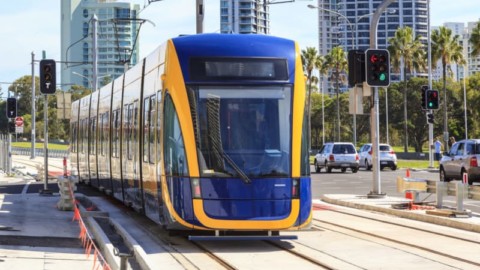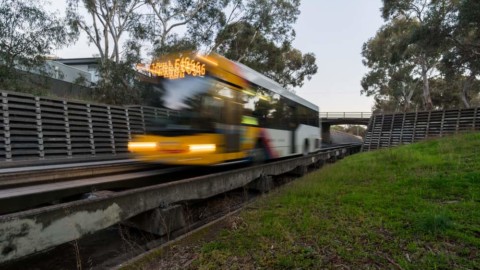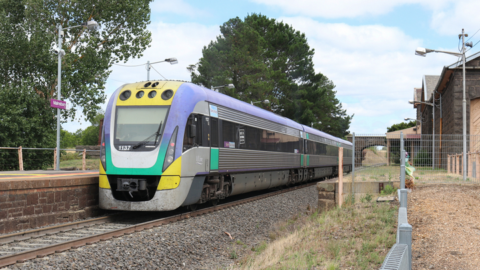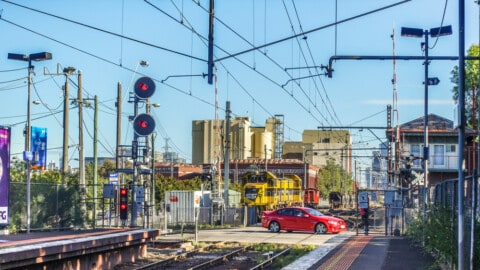The 1700km Inland Rail Project is making inroads, with the $23 million contract being awarded and groundbreaking geotechnical work underway.
The Australian Rail Track Corporation (ARTC) has awarded a contract to Golder Associates to undertake these comprehensive geotechnical studies to optimise tunnel designs.
The Gowrie to Kagaru section of Inland Rail in Queensland of about 130km will require 8.5km of tunnels to be built through the Toowoomba, Teviot and Liverpool ranges, to reduce travel times and increase operating efficiencies.
This vital infrastructure will link one of Australia’s most productive farming regions to the eastern seaboard, and global and domestic markets, to operate faster-moving trains carrying more freight, on the Brisbane to Melbourne rail line.
To optimise project outcomes, a deep understanding of the geological conditions is needed to gather information which will be used to guide strategic planning, assessments and engineering solutions.
This detailed work also includes drilling the deepest borehole for the project in Queensland — estimated to be 280m —to gather the necessary rock and earth samples.
Deputy Prime Minister and Minister for Infrastructure, Transport and Regional Development, Michael McCormack, welcomed the start of the important geotechnical investigations.
Mr McCormack said this work will provide vital information for the companies preparing bids to win the Public Private Partnership (PPP) contract for the Gowrie to Kagaru section of the Inland Rail.
He said the PPP is vital for guiding the Inland Rail’s overall construction, and will assist the Australian Government and private sector to work together strategically and cohesively, while utilising industry expertise and minimising project costs.
“Awarding this $23 million contract will help to generate the best possible design solution for this critically important but groundbreaking segment of the Inland Rail,” he said.
“The Inland Rail is a nation-building project which will still be operating and delivering economic and community benefits a century from now, which is why we are working purposefully to ensure we optimise the design and construction.
“An estimated $10 per tonne freight saving, with faster and more efficient movement of farm produce from paddock to cities, is just one of the many exciting benefits of the Inland Rail which this government is delivering.”
Minister for Finance and the Public Service, Mathias Cormann, said the geotechnical work is vital to ensuring outcomes such as double-stacked trains being able to operate on the rail line through the ranges west of Brisbane.
Senator Cormann said this will improve freight industry productivity and link Toowoomba and Darling Downs producers to hungry and growing domestic and international markets.
“This geotechnical work will provide the vitally important technical information needed to build the 6.4km tunnel under the Great Dividing Range which will be an engineering feat driven by government and industry collaboration,” Mr Cormann said.
“Inland Rail will create over 7000 direct and indirect jobs here in Queensland and contribute $7 billion to the Gross State Product, so it’s critical we get it right.”
In making the announcement of the $23 million contract at the borehole site north of Toowoomba, Federal Member for Groom John McVeigh welcomed geotechnical work commencing on the Gowrie to Kagaru section of the Inland Rail.
Dr McVeigh said his home state stood to benefit greatly from the nation-building rail project.
“The Inland Rail will deliver substantial benefits for Queensland, so it’s critical we build the best possible rail line which is what this work helps to achieve,” Dr McVeigh said.
“It will ease pressure on our roads and highways, making them safer and less congested removing an estimated 200,000 truck movements from roads each year.
“I’m looking forward to the Queensland Government finalising the bilateral agreement so we can get on with the job of building this vital infrastructure and Queenslanders can experience the Inland Rail’s benefits.”

















